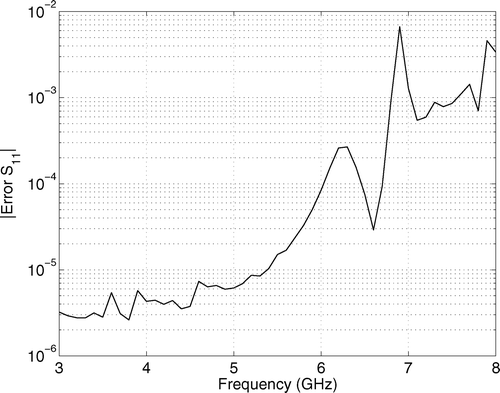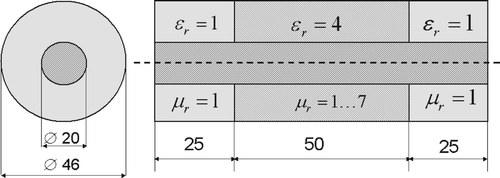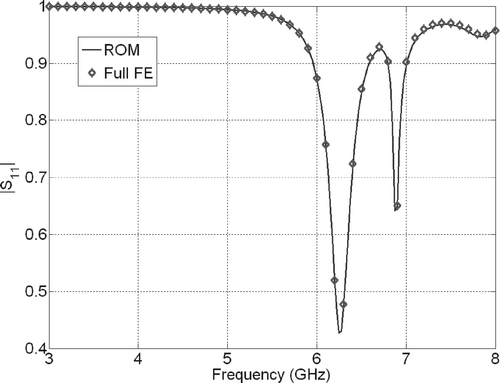Figures & data
Figure 2. Coaxial probe. Magnitude of reflection coefficient as a function of frequency and relative permeability, as computed by the proposed algorithm.
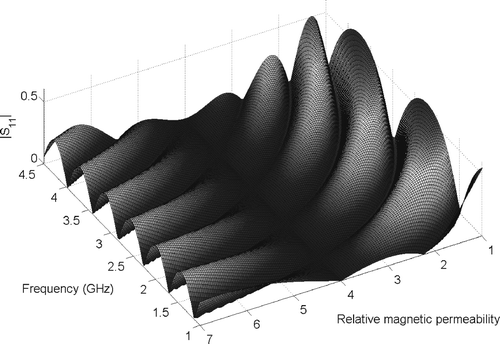
Figure 3. Coaxial probe. Magnitude of error in reflection coefficient (37) as a function of frequency and relative permeability.
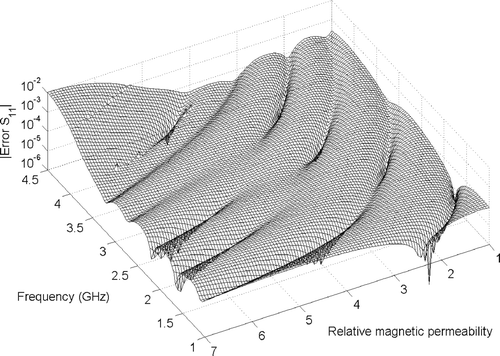
Figure 4. Coaxial probe. Magnitude of error in reflection coefficient (37) as a function of frequency and relative permeability computed by direct implementation of definition (10) and post-orthogonalization.

Figure 5. Patch antenna. Schematic of the geometry, featuring two different dielectrics. Dimensions are given in Citation21.
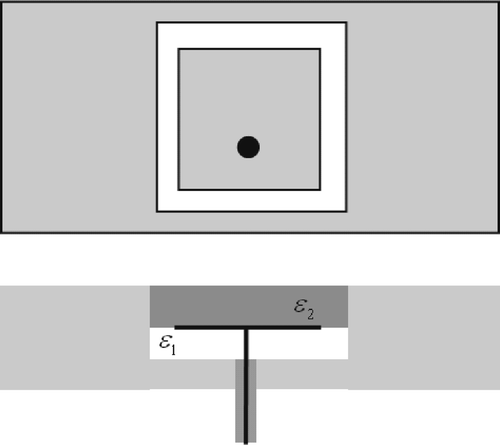
Figure 6. Patch antenna. Magnitude of reflection coefficient at ϵ r2 = 3 as a function of frequency and relative permittivity ϵ r1.
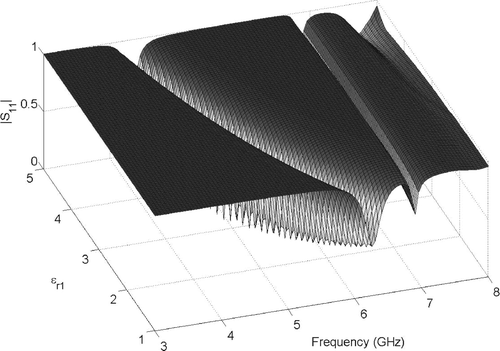
Figure 8. Patch antenna. Magnitude of error in reflection coefficient (37) as a function of frequency. Parameters ϵ r1 = 1, ϵ r2 = 3.
